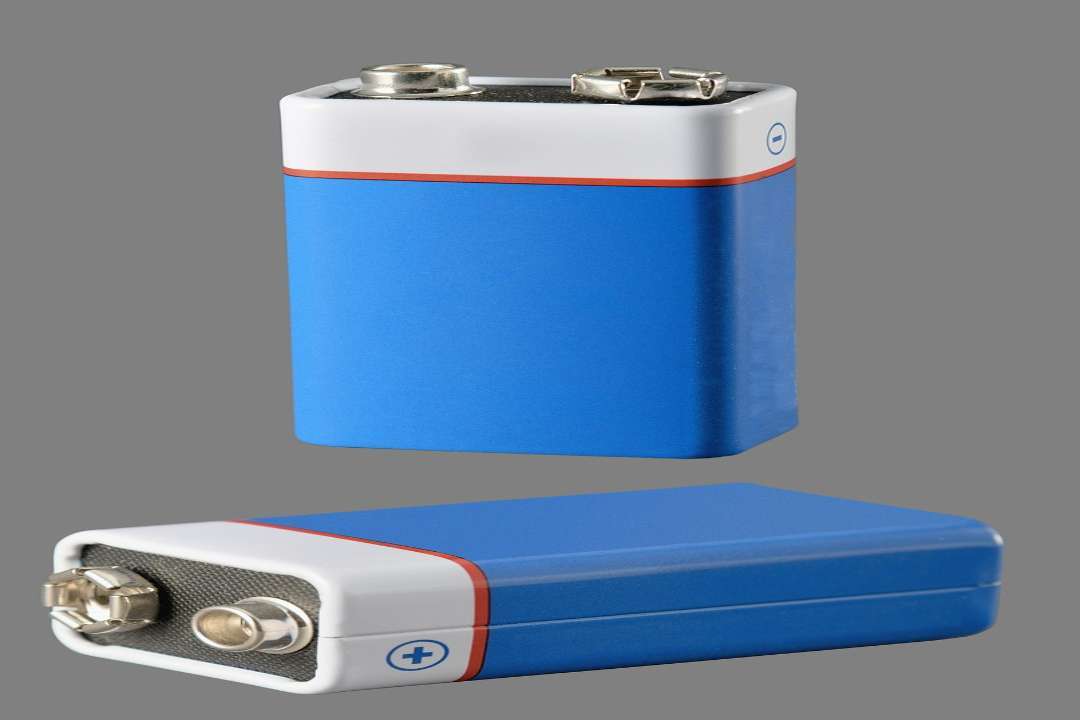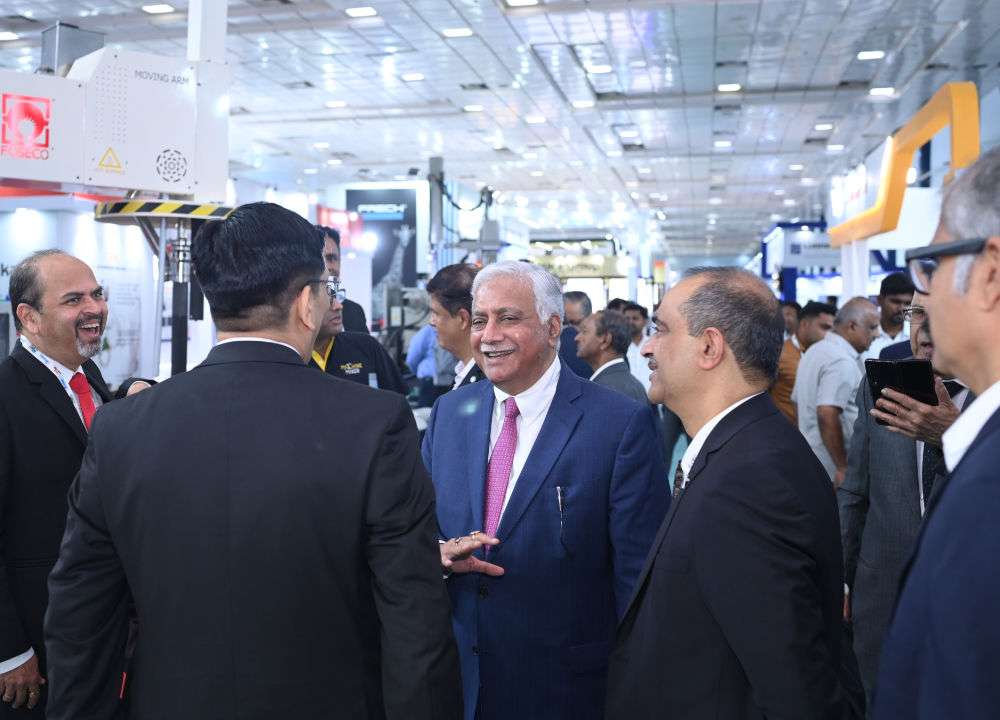India’s lithium-ion (Li-ion) battery industry is set to receive over ₹75,000 crore in investments by 2030, with more than 150 GWh of battery cell manufacturing capacity expected to come online, according to a recent ICRA report. The electric vehicle (EV) market in India is expanding rapidly, fueled by government policies, rising consumer interest, and the launch of new models. Since battery cells account for 35-40% of an EV’s total cost, efforts to scale up domestic production are increasing to reduce dependence on imports and strengthen the local supply chain.
Currently, China dominates the global Li-ion battery market, leading in raw material processing and manufacturing. However, battery prices dropped by nearly 20% in 2024 due to an increase in global supply. In the coming years, global Li-ion production is expected to outpace demand, potentially influencing price trends in India.
India remains heavily dependent on imports for battery cells, with local manufacturers primarily focused on assembling battery packs rather than producing cells. Demand for Li-ion battery cells in India is projected to reach 11-13 GWh by FY2025 and grow to 60-65 GWh by FY2030, driven by EVs and stationary applications such as renewable energy storage.
India’s battery cell manufacturing industry holds significant growth potential, yet several challenges hinder its large-scale development. One of the primary concerns is uncertain investment returns, as the industry requires substantial capital with long gestation periods before profitability.
Additionally, technological reliability remains a key factor, with evolving battery chemistries necessitating continuous innovation and adaptation. As global battery technology advances, Indian manufacturers must keep pace to remain competitive in both cost and efficiency.
Another critical challenge is raw material sourcing, as India relies heavily on imports for essential elements like lithium, cobalt, and nickel, making the supply chain vulnerable to global price fluctuations and geopolitical risks. Establishing a robust battery recycling infrastructure is equally important but remains underdeveloped, limiting the country’s ability to recover and reuse critical materials.
Without significant policy interventions and strategic investments, scaling up domestic battery production to meet growing demand will remain a complex task. However, with policy incentives and increasing private sector participation, India is making steady progress toward reducing import reliance and strengthening its domestic EV battery ecosystem.








